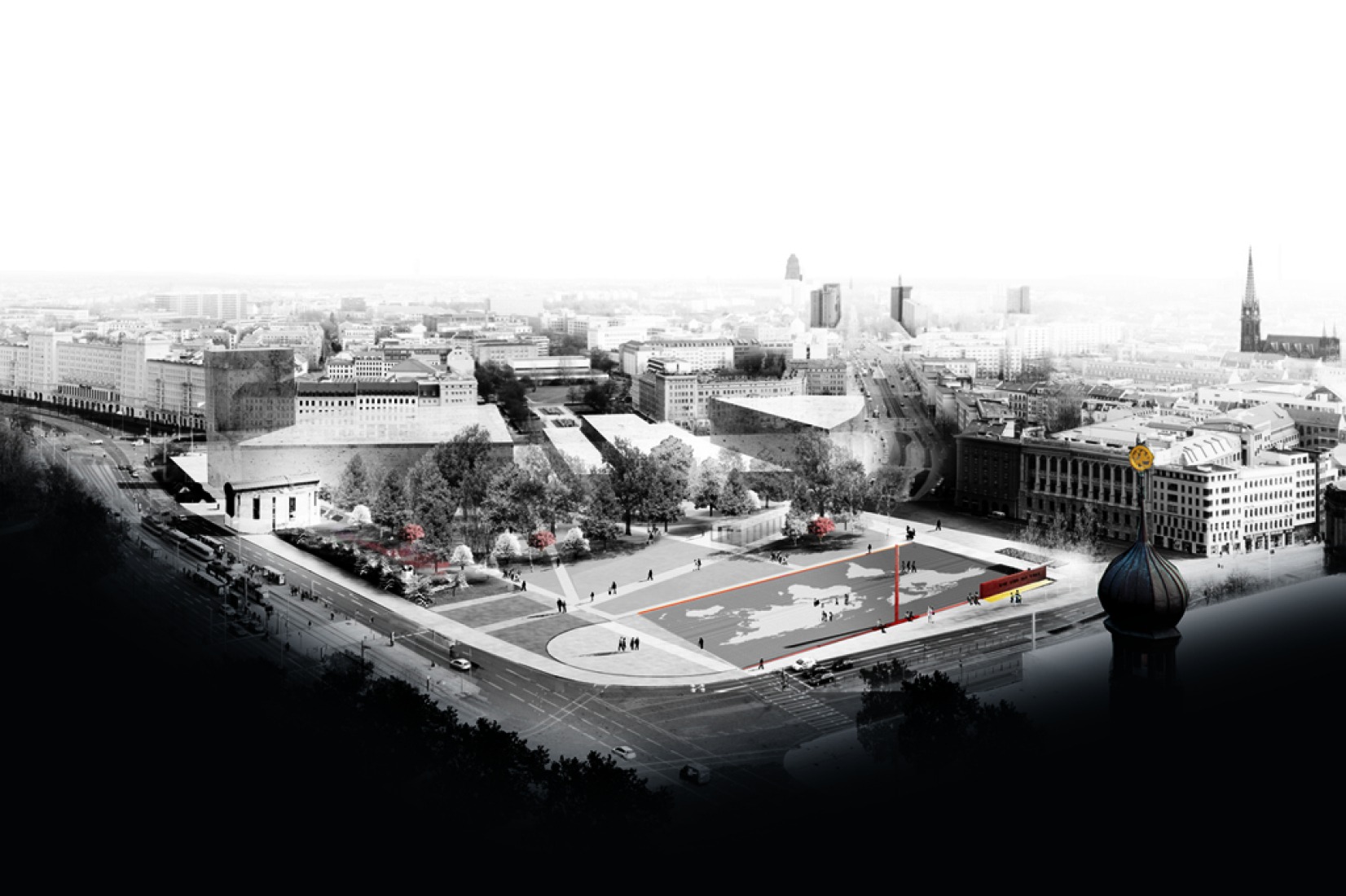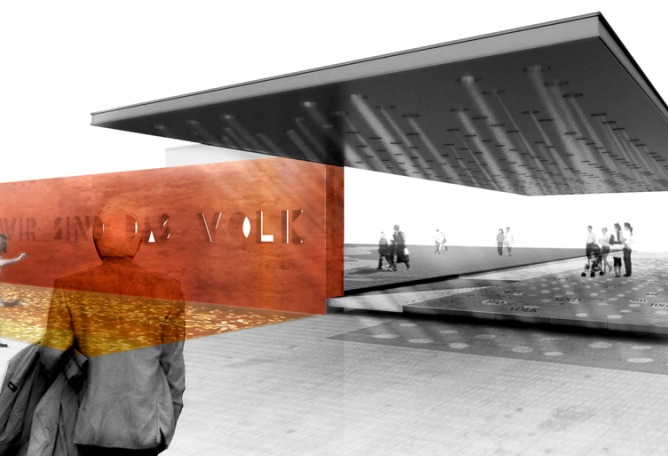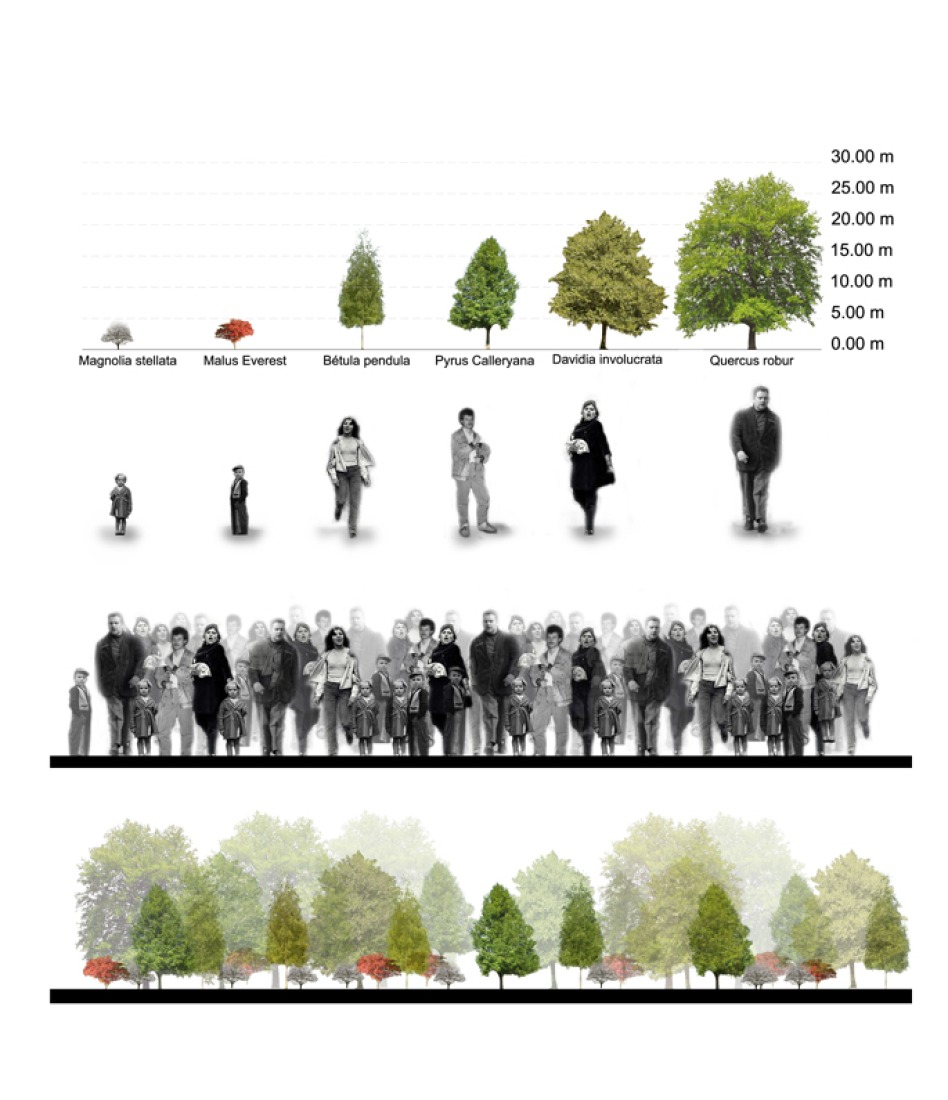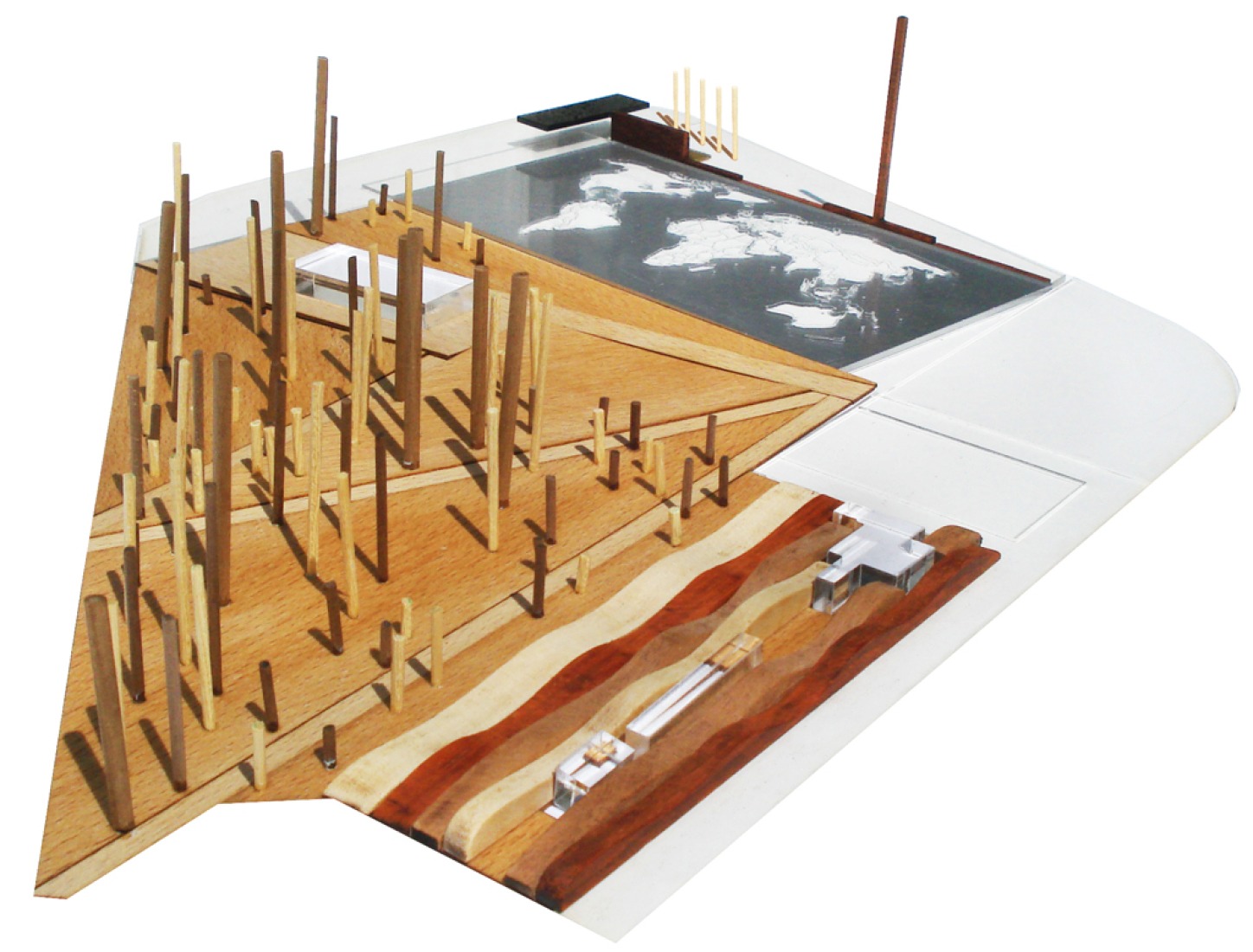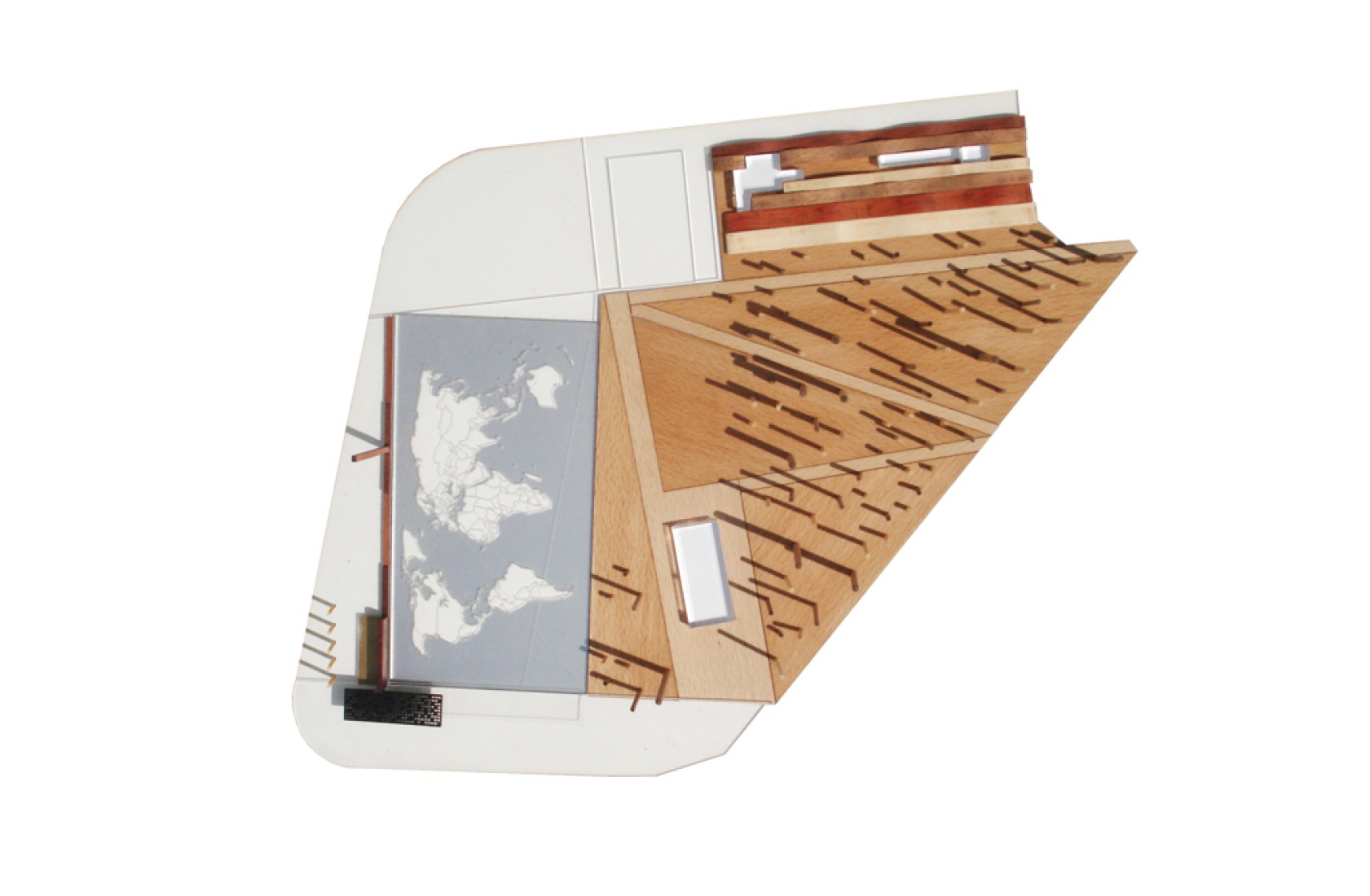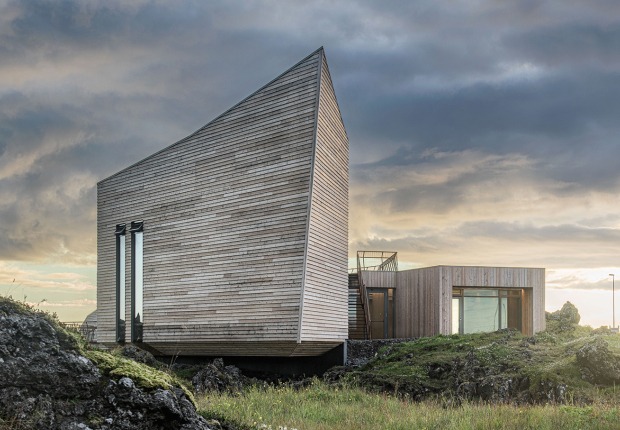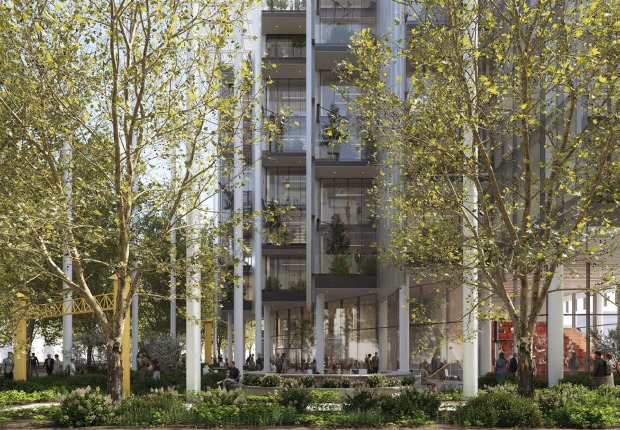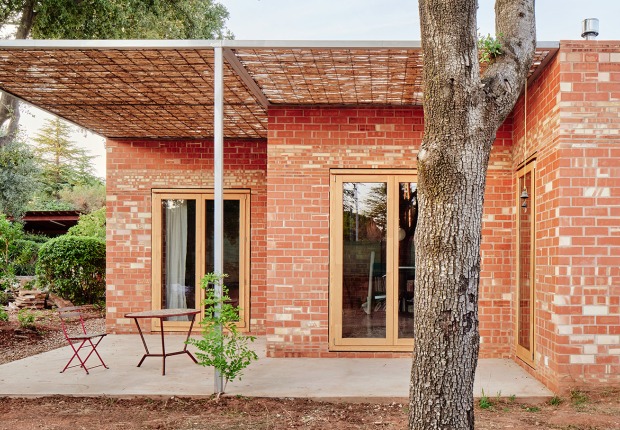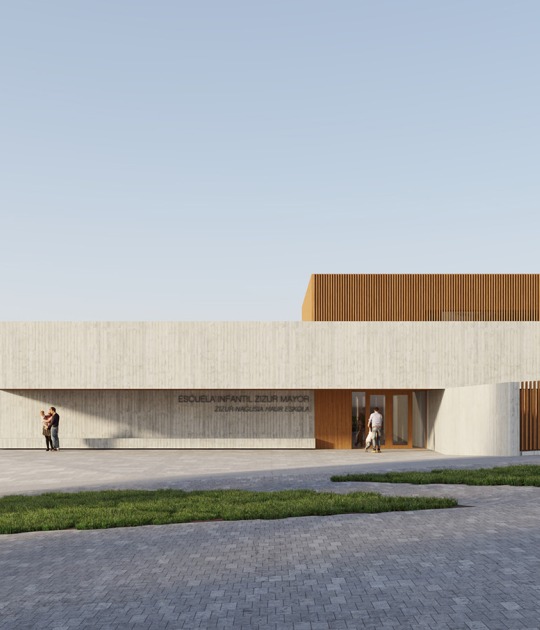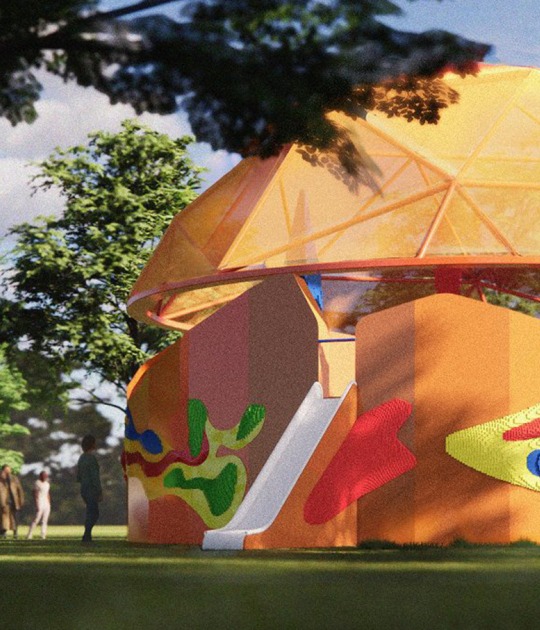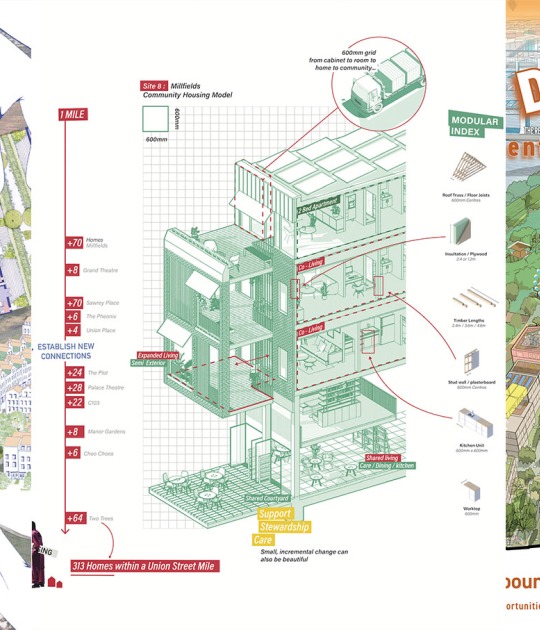Project description written by Josep Lluís Mateo for the competition:
Surface versus mass (horizontal versus vertical)
There is an axis that runs through our place and ends at the monument to the Battle of Leipzig. Two monuments to remembering: an old battle represented by a kind of mountainous mass, and a peaceful uprising, the movement of people, lights in the night that draw out a flat figure of changing pixels.
The memory we aim to commemorate is that of a peaceful mass change, with no hierarchies, that we see in historic photos as points of light, changing like a surging sea. Formally and conceptually, we decided that our intervention here should address surface rather than volume; it should be horizontal rather than vertical.
As opposed to the mountain of the Völkerschlachtdenkmal (Battle of the Nations monument), we were the sea that steadily wears down the hard rock and turns it into sand.
The urban space
We stand at the entrance to the historic city, in a vast empty space that will be partially developed. Thinking about the intervention that is prompted by memory in relation to the future urban space also played a vital role in our proposal. Our idea was to consider the entire open area as urban space shaped by the narrative logic of the event we are celebrating.
On the surface, the place is informed by the north-south axis of movements constructed by the new underground railway inside—a place of movement, but also a popular and domestic space to be. The place is divided into three parts:
A. The forest of memory
It establishes contact with the new built interventions in the south-east. An earthen floor, a place for families with children. Its design is an allegory of the history we commemorate: a variety of plant species interpret the different textures expressed by the demonstrations of the time. The succession of the plants, with their different flowering times, marks the progressive sequence of densities of the history being recalled here.
B. The floor of the masses
A large area paved with small pieces of stone provides the base for the great meeting place for the masses.
The paving forms the world, remembering unity at a larger scale. Set into the paving are lights, a drinking fountain, other memories (historical traces). It is delimited by two broken walls: to the left, near Petersteinweg, are part of the pavilion of remembering, benches, the support that is the great vertical pole shining light into the world at night. To the right, the wall is simply a difference in levels, a seat. The plain has overtaken the wall.
The space is designed to be the venue for further demonstrations, an ice rink, a Christmas market, a rock concert, for example.
C. The pavilion of remembering
On the corner of Petersteinweg and Windmühlenstraße, a small built irregularity provides a more explicit recollection of history. This object has three parts:
1.Red wall with holes in it
A concrete wall with metal shavings as sand gradually reddens over time.
The wall breaks up; instead of separating, it unites. The words “Wir sind das Volk” generate windows in the wall.
2.The golden pool of wishes
At its base, the red wall is reflected in a small pool. The pool is gold (at least, the bottom looks gold). You can imagine coins being thrown into it, like in other places, to make wishes come true.
3.The dark sky: the filter of light
A small roof resting on the wall, perpendicular to it, filters the sunlight, breaking it down into rays. These rays fall on the ground, thick stone slabs engraved with the words of that time. Words of that time and of ours.
Author: Josep Lluís Mateo
Landscape designer: Manel Colominas
Artist (map): Matt Mullican

